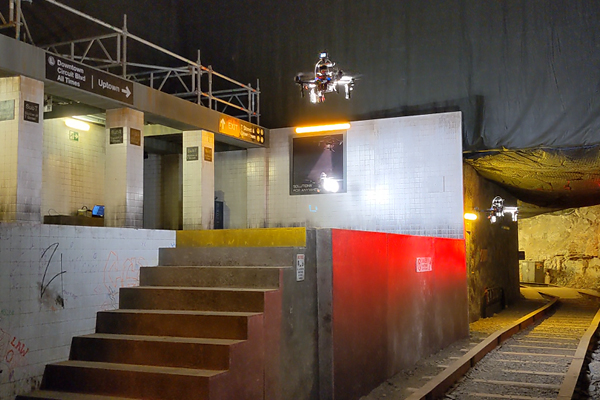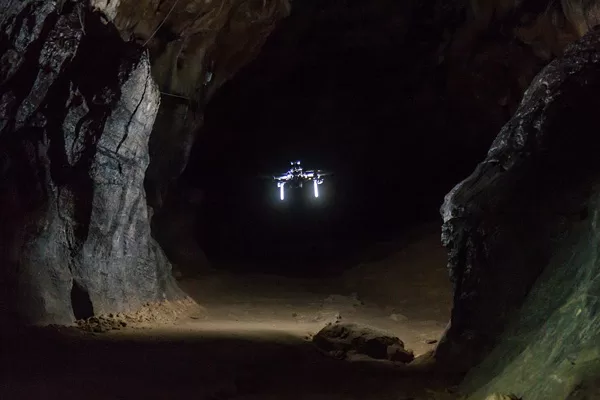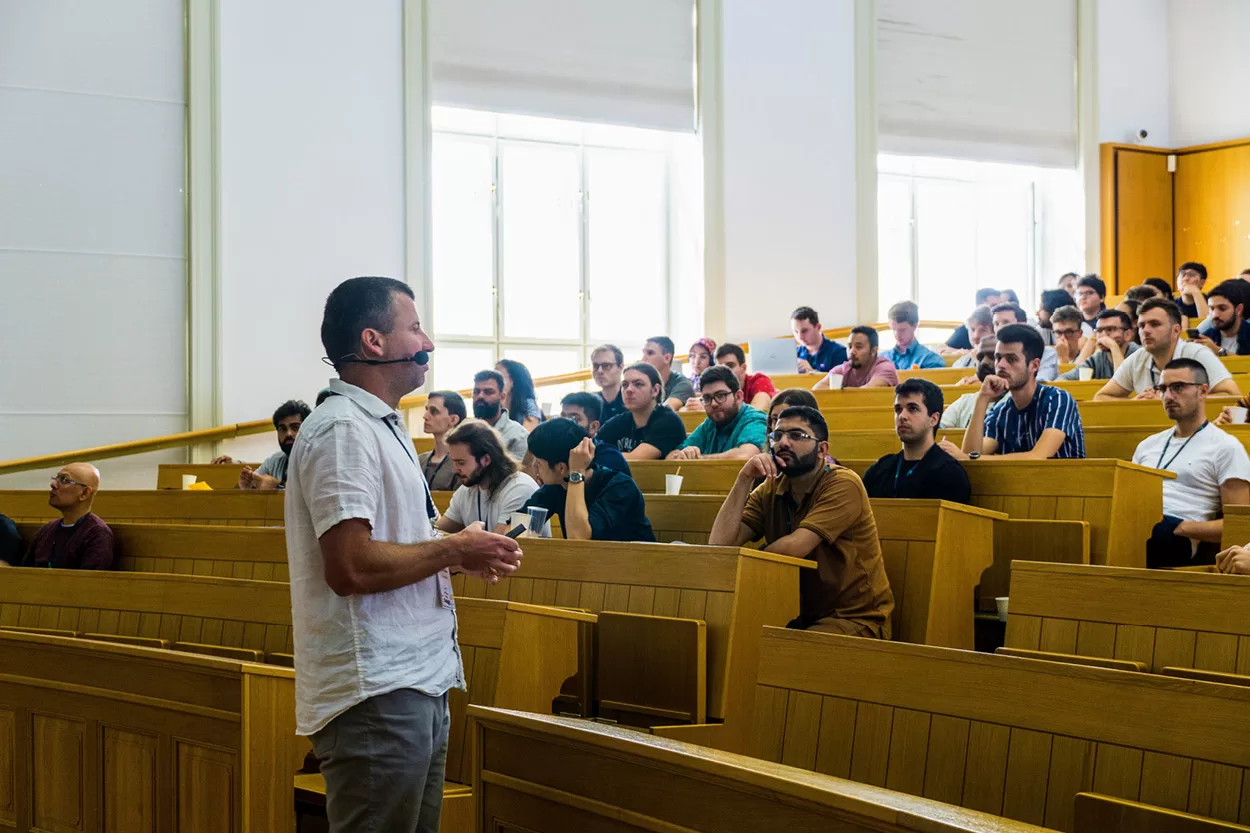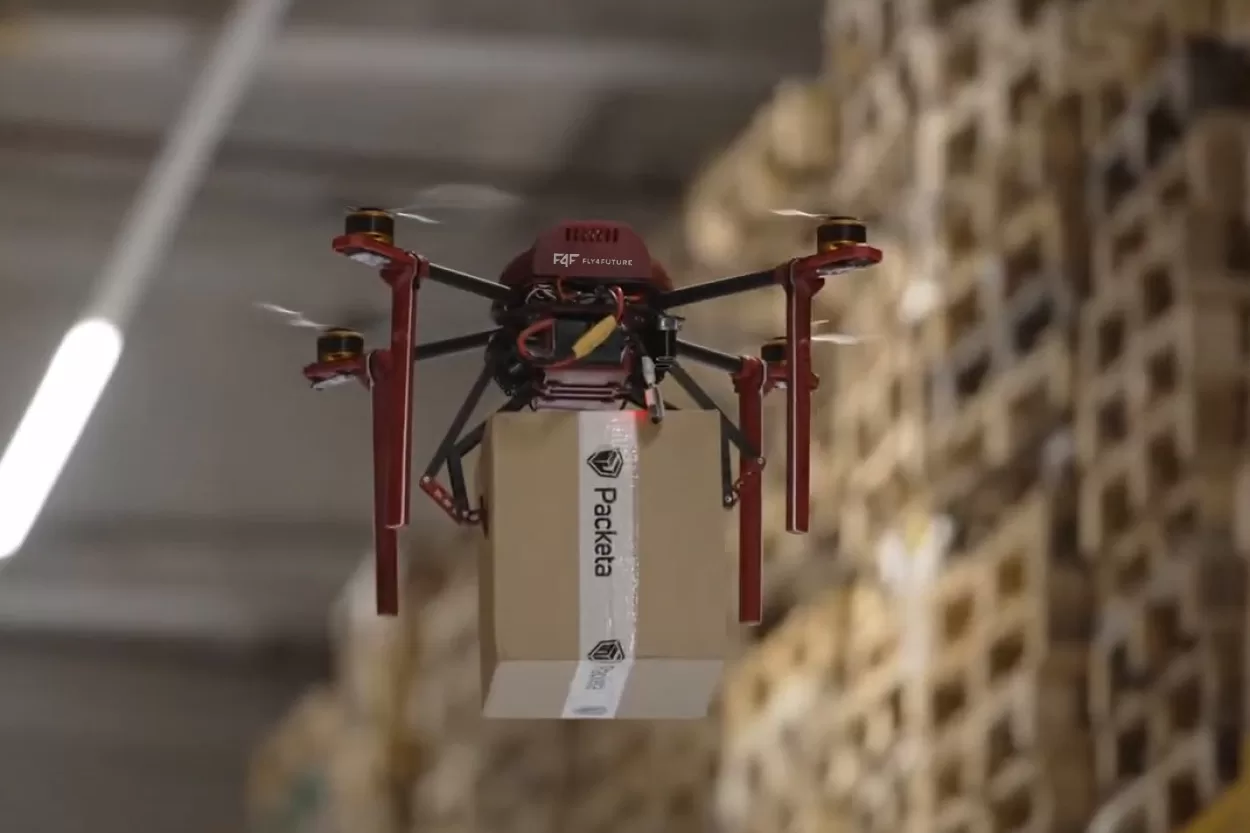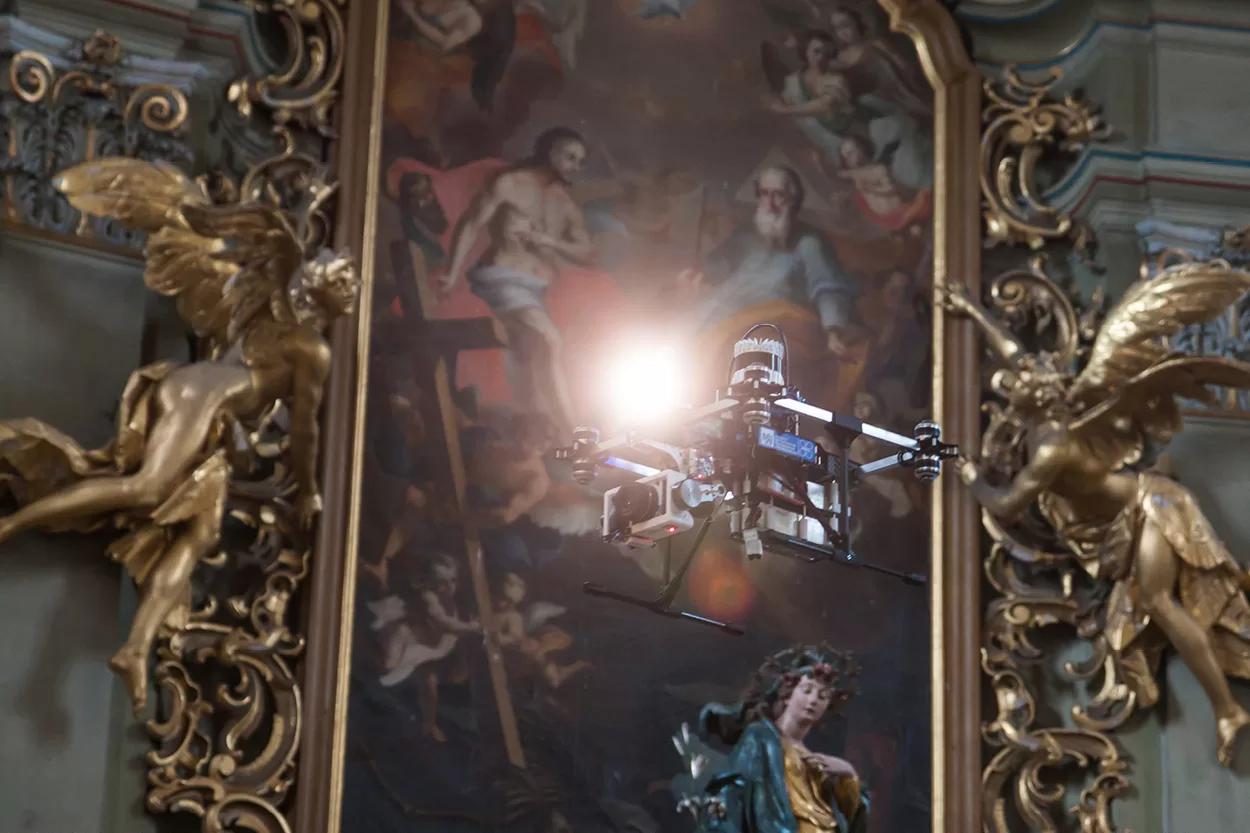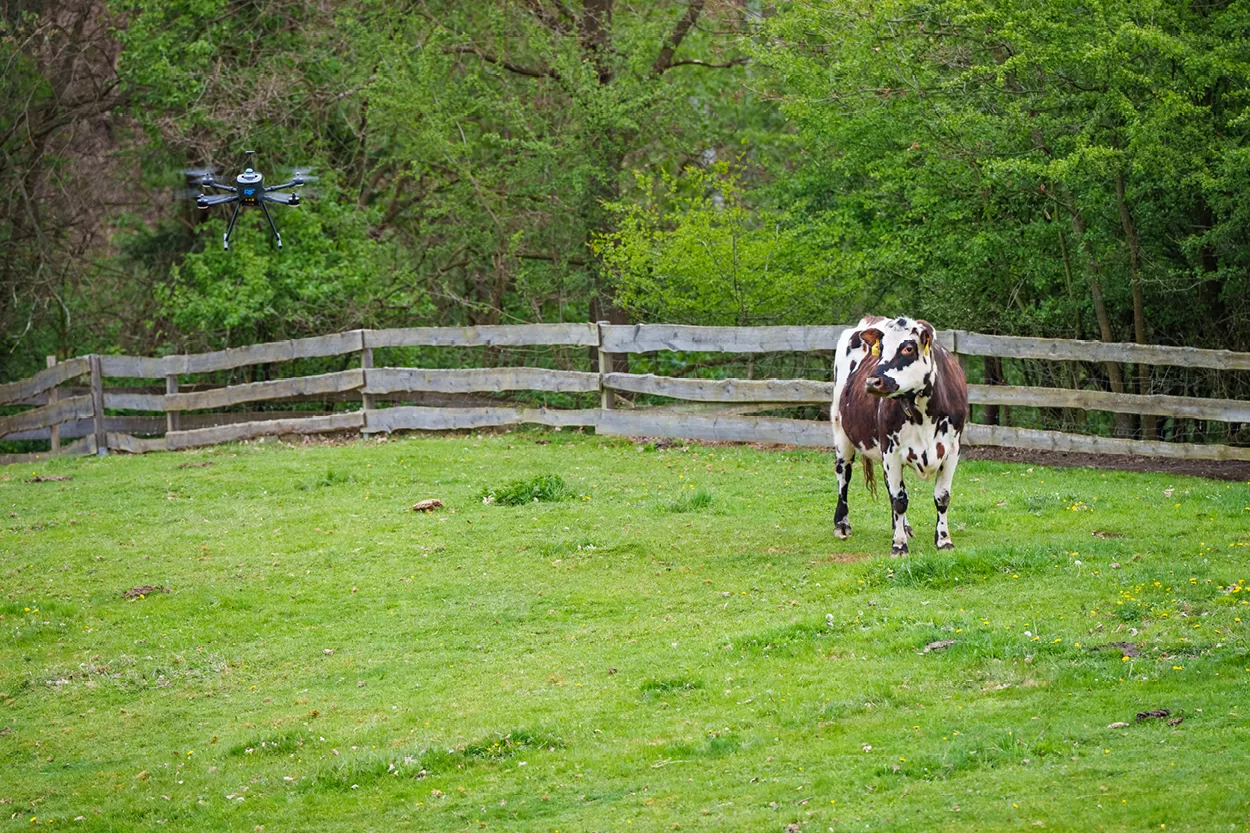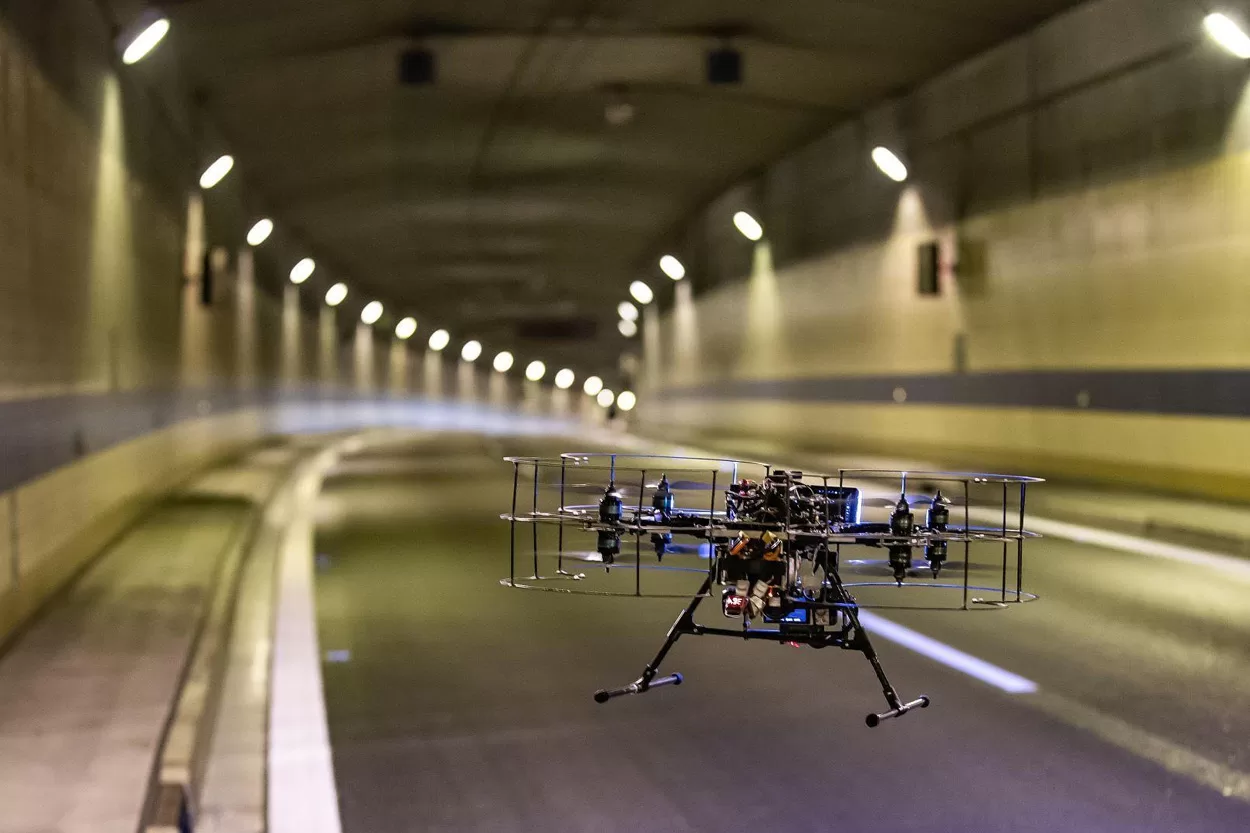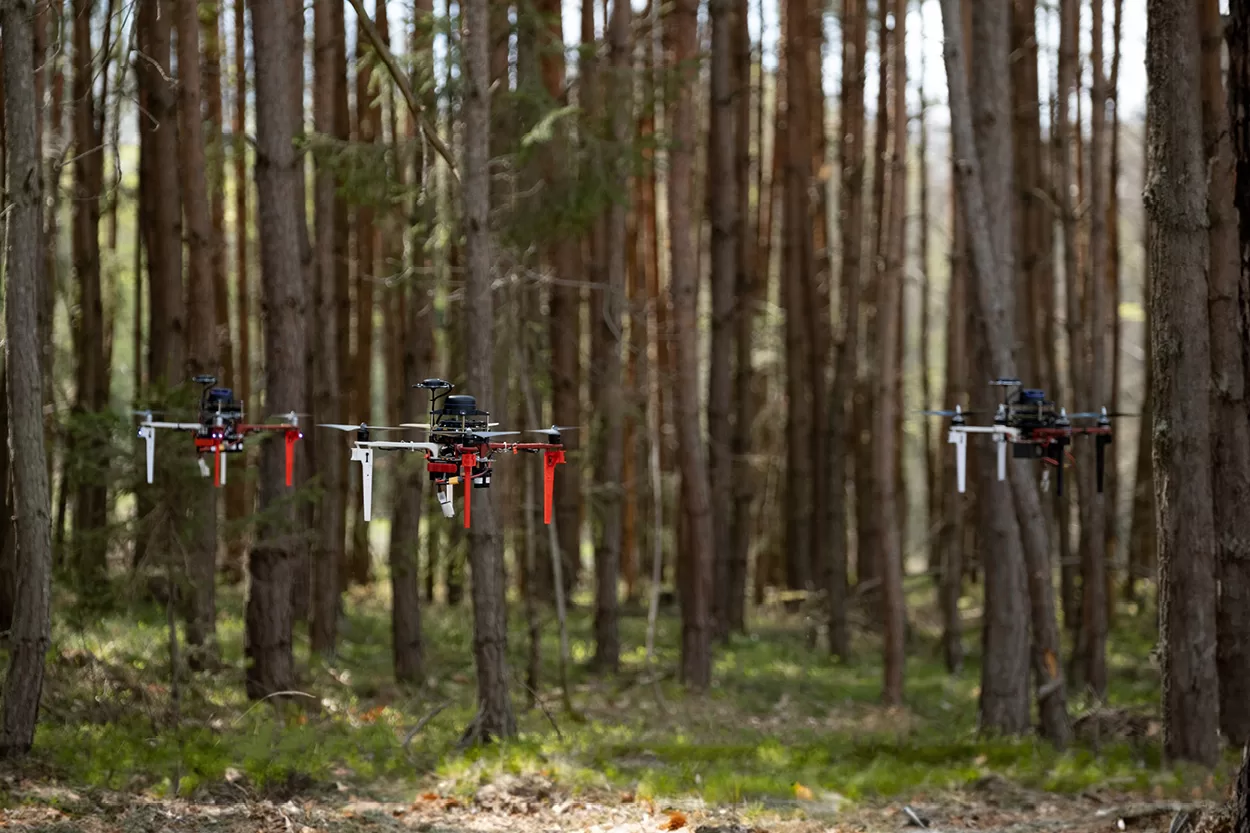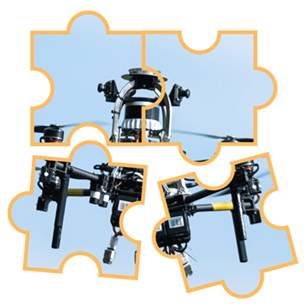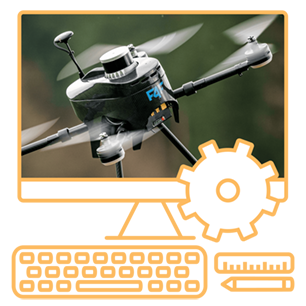X500 – Research Drone Inspired by the DARPA Subterranean Challenge Winner
Universal research drone for indoor inspections and mapping inspired by the success of the DARPA SubT Challenge.
Inspired by
The DARPA SubT Virtual Challenge Winner
Our X500, a universal drone created specifically for indoor inspections and mapping, was influenced by the success of our colleagues from the Multi-Robot Group at the Czech Technical University (MRS) in the DARPA SubT challenge. The inspiration for the X500 universal drone came from their platform, as described in their paper titled “Large-scale Exploration of Cave Environments by Unmanned Aerial Vehicles.”
This paper served as the foundation for our development of the X500 drone, a versatile product that enables the utilization of open-source algorithms for further research. The X500 is based on a self-contained system specifically designed to facilitate the autonomous exploration of cave environments, aiding human explorers, first responders, and speleologists.
The primary subsystems of this drone encompass mapping, path and trajectory planning, localization, control, and decision-making. In order to maximize the limited flight time of each aerial robot involved in exploration and search & rescue scenarios where homing all deployed robots back to an initial location is unnecessary; we propose a multi-robot cooperation strategy. By leveraging our X500 drone alongside this cooperative approach, it is possible to enhance efficiency and effectiveness within challenging environments, such as tunnels, urban undergrounds, and cave networks.
The story behind
The DARPA Success
Working with innovators inside and outside of government, DARPA has transformed revolutionary concepts into practical capabilities, including precision weapons, stealth technology, the Internet, voice recognition, language translation, and small GPS receivers for consumer devices. DARPA collaborates with academic, corporate, and governmental partners to create new strategic opportunities and tactical options. This ecosystem of diverse collaborators nurtures the intense creativity that DARPA cultivates.
Our colleagues from Czech Technical University participated in the DARPA competition in the CTU-CRAS-NORLAB team selected for the DARPA SubT Challenge.
The team, led by Tomáš Svoboda, achieved several notable accomplishments in the DARPA SubT Urban Circuit, DARPA SubT Tunnel Circuit, as well as the virtual competition and systems tracks. All remarkable achievements of CRAS-NORLAB drones are fully described here, while for ongoing research on autonomous ground robots see https://cyber.felk.cvut.cz/research/groups-teams/vras/.

The DARPA SubT Challenge team from Czech Technical University won 2nd place in the final Virtual competition. Image source: archive of CTU-CRAS-NORLAB team.
In detail
Unique Platform & Open Source
It is noteworthy that the design of the X500 platform achieved great success in the Virtual SubT DARPA challenge, as all of the top six winning teams utilized it. This emphasizes its effectiveness and reliability in such competitive scenarios.
The platform’s uniqueness lies in its fully autonomous capability for indoor flight in unknown environments. This distinctiveness is worth highlighting, as it sets it apart from others and is a result of its large onboard computing power, 3D lidar technology, multiple cameras for real-time image processing, and extended flight time.
The researchers have published important components of the DARPA winning system as open source, allowing for their further use in fundamental research such as the use of autonomous cooperating UAVs in subterranean domains with demanding complex topology or in harsh and confined environments; multi-robot cooperation, low-bandwidth communication, localization of objects of interest and more.
Fly4Future’s X500 universal research drone on a cave exploration mission. Image source: MRS CTU
Start Building Your Drone Online
Build your drone with our custom drone-building tool DroneBuilder.
You will be able to:
- Configure your drone exactly to your needs
- Consult your configuration with our specialist for free
- Use our expertise to find the right components
- Perfect your drone design
Be one step ahead and save your valuable resources with our expertise gained from years of research, development, and countless successful real-world experiments.
Read about
Our Work
Explore
What We Do
Custom Drones
We custom-build ready-to-fly fully autonomous drones that can be adjusted for any application and industry.
Development & Prototyping
We design and develop advanced autonomous aerial systems to meet the particular needs of our individual clients.
Research Projects
We participate in many projects in various fields financed by the EU and Czech Republic, as well as private research institutions.
